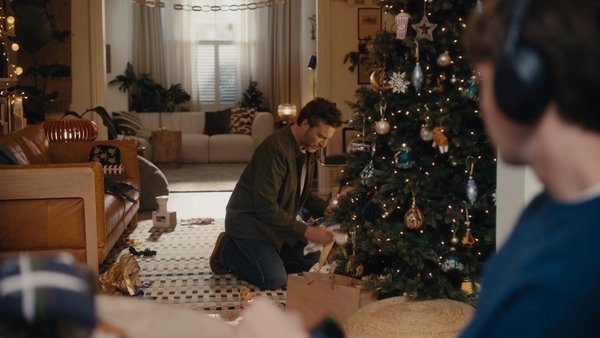Highlights

02 Dec 2025
Waitrose reunites Joanna Page and Mathew Horne to help you say it with food this Christmas
Read more
02 Dec 2025
Waitrose reunites Joanna Page and Mathew Horne to help you say it with food this Christmas
Read more
12 Nov 2025
Keira Knightley stars in first of its kind Christmas romcom short from Waitrose
Read more
04 Nov 2025
If you can’t find the words, find the gift, The John Lewis Christmas Advert is here
Read moreLatest news
View all news
17 Dec 2025












